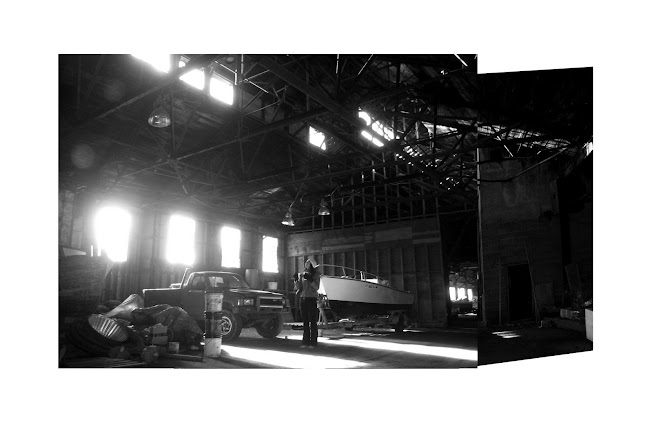internet activity

landline telephone activity (note: mobile communications not included...)

aircraft traffic

While this study is presented within the framework of a globally connected Britain, the graphic analysis reveals still the linear language of connecting point A to point B. The real innovation of our age is not so much the network (see Domenico Fontana & Pope Sixtus V), but the speed of which we now process between connections at our nodes (see Kevin Lynch).
Perhaps the most critical aspect seen here is the sheer number of "traffic" hubs. This observation raises several discussions relative to scale of human activity (decide for yourself what that could mean). But it also suggests that the innovation of the 20th century production model towards a 21st century prototype requires a networked flow of production and information exchange. Rather than a single direct input/output logic (e.g. combustion engines, labor + raw materials = product), a more efficient (in terms of energy, innovation, market relevance, etc) system depends on many overlapping simultaneous input/output logics, ultimately collected & edited in a series (or layers) of hubs and nodes.
In this case, the current priorities depend on qualities access, circulation, and functional overlap.

1 comment:
Good words.
Post a Comment